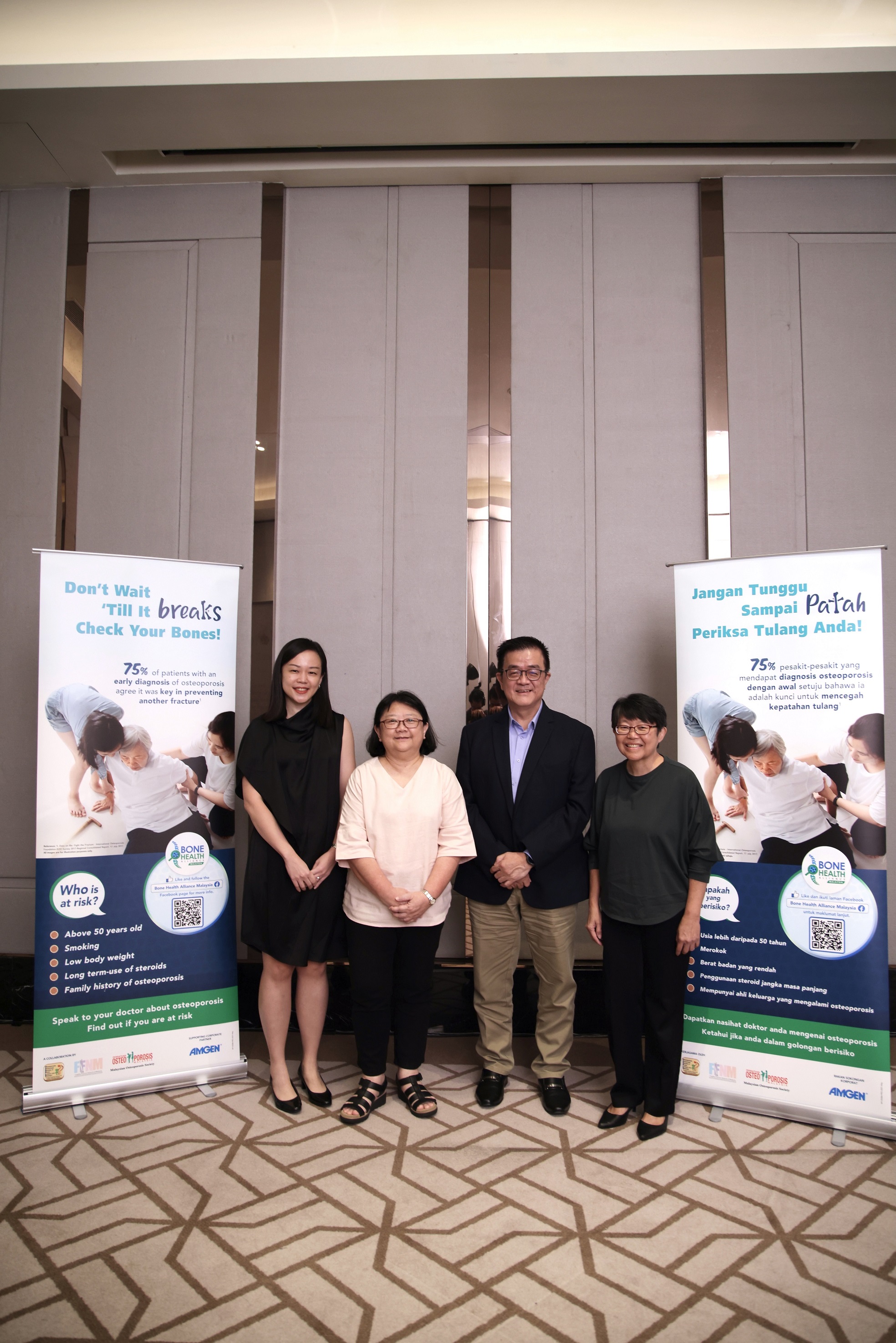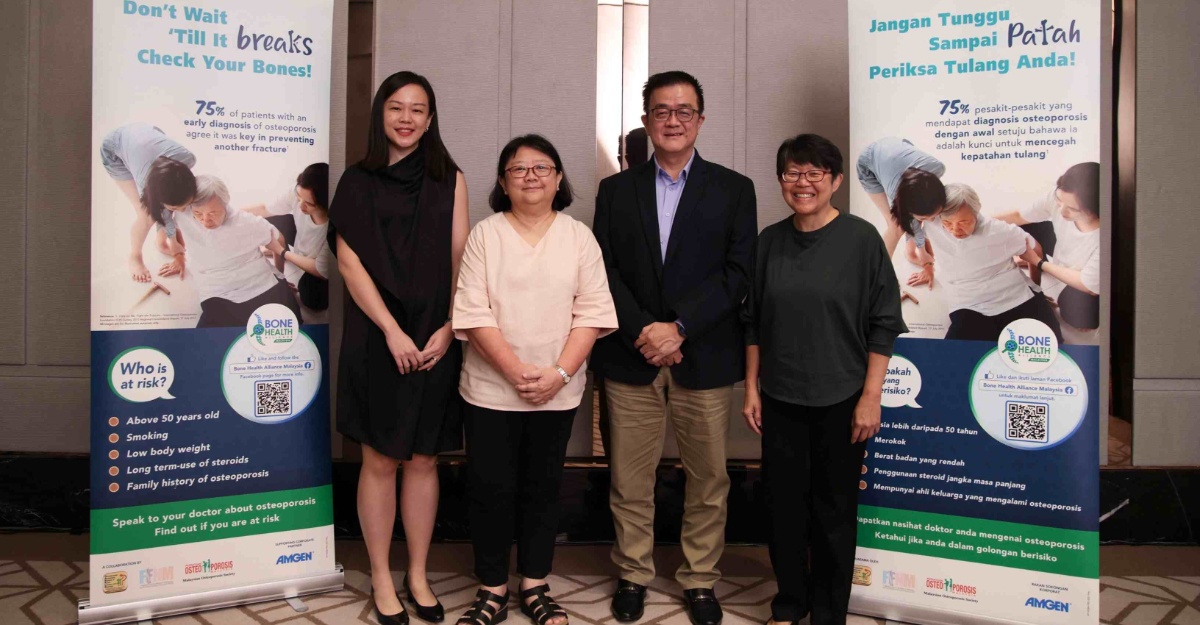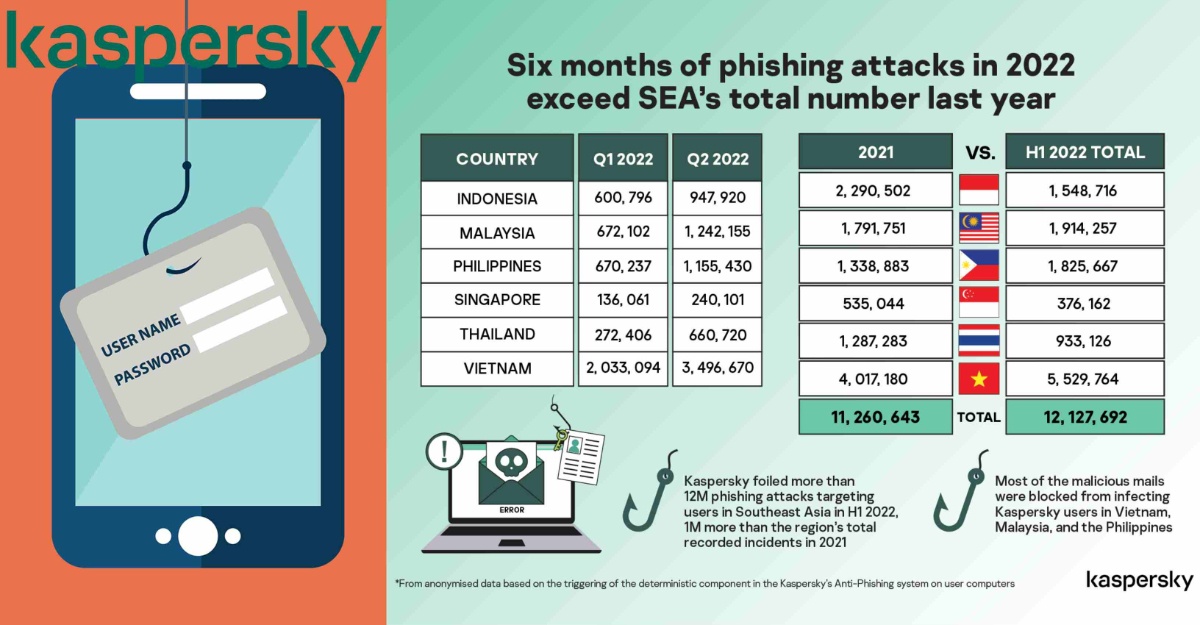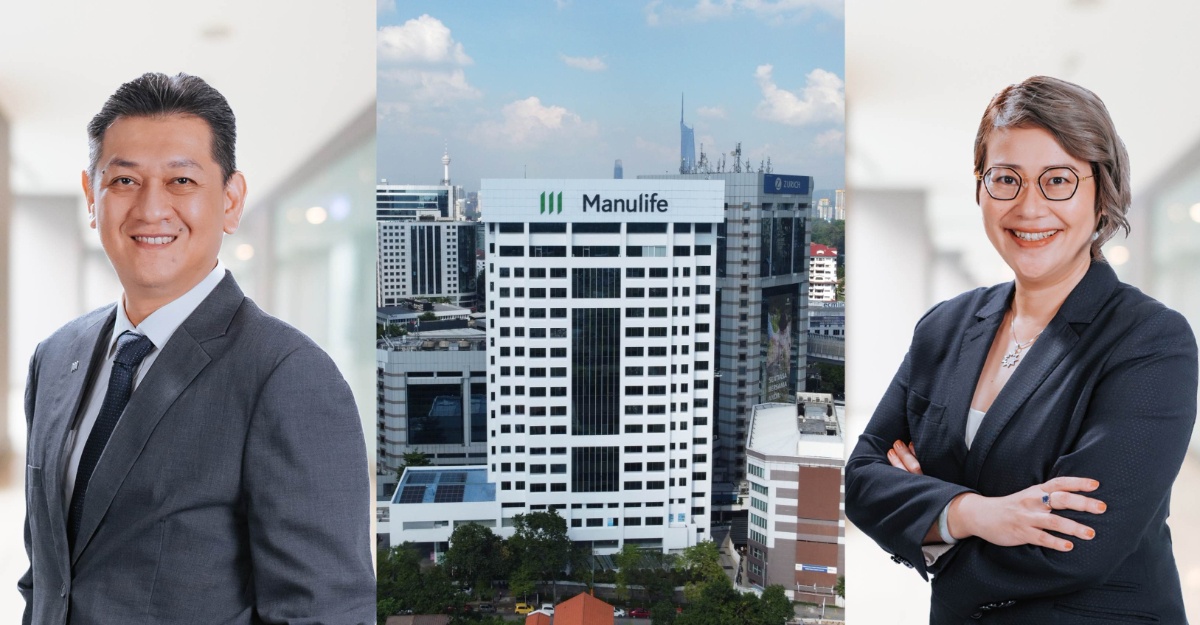In conjunction with World Osteoporosis Day (WOD) on 20 October, Bone Health Alliance Malaysia (BHAM) calls to prioritise bone health management and subsequent osteoporotic fracture prevention post-COVID-19 among Malaysians by recognising their risk factors, changing perceptions to place importance on appropriate management of fragility fractures, and driving action towards preventive measures to avoid future fractures.
Osteoporosis is described as a “silent disease” because it develops progressively weakening bones and often goes undiagnosed until a fracture happens. Osteoporosis-related fractures have been globally recognised as a major health problem among older persons and postmenopausal women,causing significant disability, reducing the quality of life, and can even lead to death in severe cases. From a local context, less than one-in-four Malaysians who sustained a fracture were able to walk independently six months post-discharge from a medical facility, while the remainder were immobile or required a walking aid.

Osteoporosis Care Neglected During the Pandemic
The global pandemic has greatly affected the prevention and care of osteoporosis worldwide with multiple sources such as a global survey and studies demonstrating the impact that includes decreased bone mineral density (DXA) assessment, interruptions in medication supply, and disrupted treatment.
“Malaysians must be aware of the bone health-related post-pandemic issues that need to be addressed. Reduced physical activity drastically increases the risk of falls and fractures, and reduced vitamin D levels due to the lack of sun exposure have a negative impact on bone health. Increased social isolation may also result in cognitive impairment among older persons leading to lack of adherence to proper treatment or dietary care and engaging in activities that pose a greater risk for falling and fractures,” said Dato’ Dr Lee Joon Kiong, President of Fragility Fracture Network Malaysia & Consultant Orthopaedic Surgeon.
In the aftermath of the pandemic, both postponed referrals and irregular follow-ups or care were observed, which may have led to more complaints such as fractures. At worst, this may result in a rise in fracture rates, and a significant increase in individual morbidity and societal burden6. Hence, staying fracture-free is critical for anyone with osteoporosis as we transition to the endemic phase.
Fracture Begets Fracture
In simple terms, one fracture leads to another. Fracture prevention is an imperative measure to tackle the issues above, be it the first fracture or subsequent osteoporotic fracture. Millions of men and women suffer from osteoporosis-related fractures every year, and almost half of the patients who break their hip have had a previous fracture. Importantly, a prior fracture is associated with an 86% increased risk of any fracture and elevated risk in the first two years after an initial fracture9.
Within the osteoporosis management landscape, it is reported that despite individuals being at heightened risk of osteoporotic fracture, only 12 per cent were on bone health optimising medications and less than one-in-five received surgery within the recommended 48-hour timeframe from hospital admission, owing to the lack of awareness about bone health management.
“Based on Malaysia’s growing ageing population along with the highest projected number of hip fractures in Asia, this is expected to cost the country over MYR530 million for health-related services in 20503,. Prioritising bone health at the national level and implementing healthcare policy aimed at reducing the burden is a strategic and systematic approach that will help minimise the negative impact on the population and healthcare system,” said Prof Dr Chan Siew Pheng, President of Malaysian Osteoporosis Society & Consultant Endocrinologist.
Advocating Subsequent Osteoporotic Fracture Prevention
“A subsequent osteoporotic fracture would not occur if the first fracture had been promptly and adequately treated. Notably, in the post-pandemic setting, Malaysians must adopt a positive behavioural change in bone health management by seeking treatment upon a fracture. Echoing the Bone Health Alliance Malaysia (BHAM) standpoint, as primary care physicians are the first point of contact for most people, we want to empower Malaysians to discuss bone health with their physician by sharing concerns and questions,” said Ms Choo Yem Kuen, President of Osteoporosis Awareness Society of Kuala Lumpur and Selangor.
Further to that, secondary care is also an integral component in improving osteoporosis outcomes by evaluating bone health and initiating an ongoing treatment plan upon receiving care for a fracture at the hospital.
The following is a summary of tips to prevent subsequent osteoporotic fractures:
- A healthy and balanced diet with sufficient intake of calcium, protein, and vitamin D.
- Regular exercise improves balance, posture, coordination, and muscle strength.
- Be proactive about preventing falls, inside the home and out by fall-proofing your environment.
- Discuss with your doctor if you need to assess your osteoporosis risk through a DXA scan and what the appropriate bone health management should be.
- Maintain continuity of bone care and treatment.
“As the Supporting Corporate Partner, Amgen is proud to be part of the BHAM movement in our continued efforts towards combating the impact of osteoporosis on patients, their caregivers, and the healthcare system. This extends to championing the voices of leading bone experts and patient advocates to help raise awareness of osteoporosis care and fracture prevention,” said Kang C-Sze, Commercial Lead, Amgen Malaysia.
Follow BHAM on Facebook and stay tuned to updates here: www.facebook.com/BoneHealthAllianceMY








